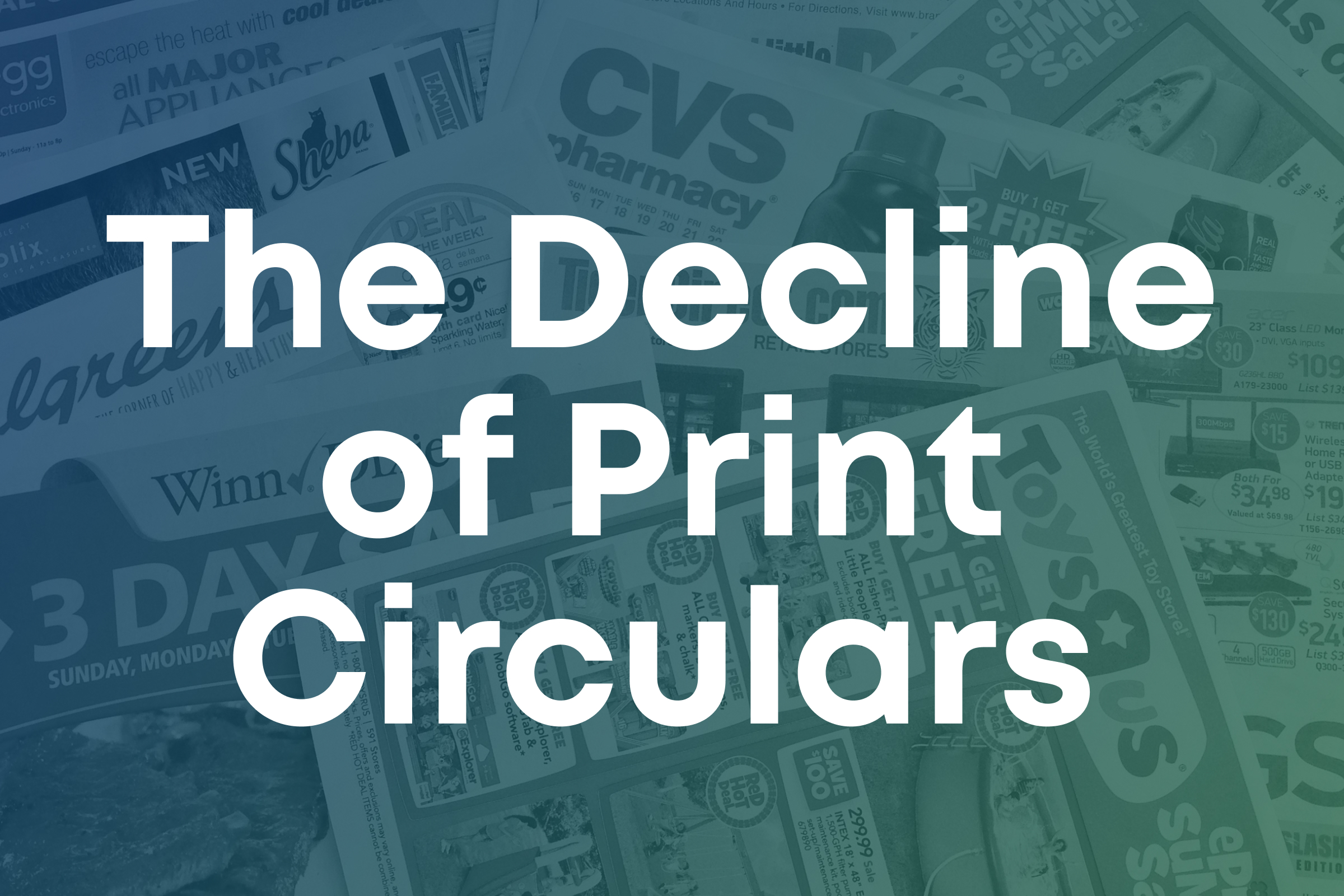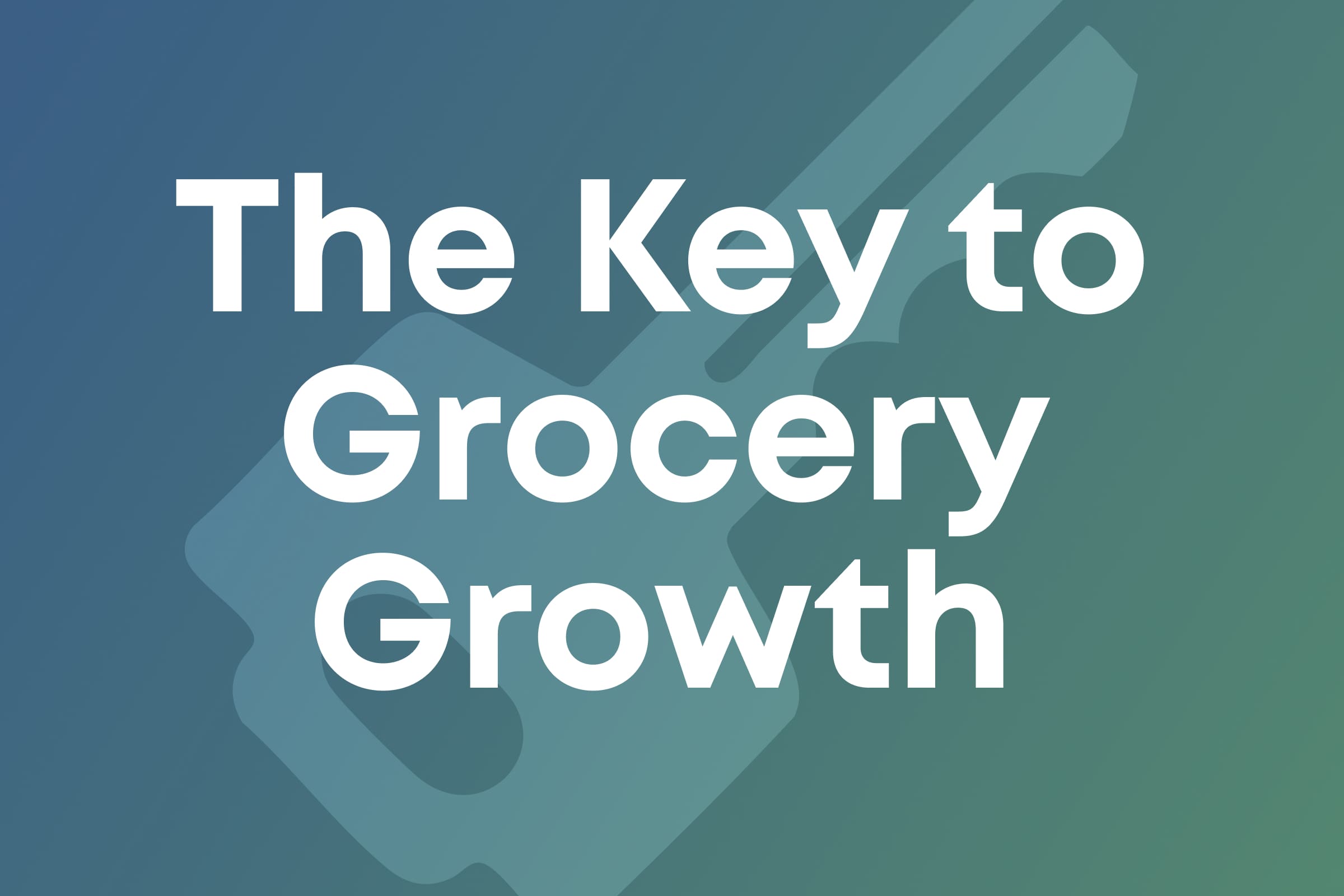How First-Party Data Can Help Retailers Combat Inflation
Henry Kim
As inflation continues to impact consumer behavior, retailers need to prioritize personalized promotions that deliver value and protect consumer privacy. Here’s how first-party data makes it possible.
While inflation prevails, consumers are noticing the constant uptick in costs. In fact, research from Walmart, the largest grocer in the United States, shows that consumers are increasingly attentive to how inflation affects their shopping experience. Not only are they attentive to these changes, they’re adjusting their shopping behaviors, too. According to a recent CNBC survey, American consumers are cutting back on spending.
In today’s challenging retail landscape, brick-and-mortar retailers have an opportunity to retain loyal customers and attract new ones. The key? Knowing exactly what consumers want because they told you directly —without relying on “soon to be obsolete” third-party cookies. That’s where first-party data comes in; to help you deliver a highly personalized experience, protect shoppers’ privacy, and increase revenue in the process.

The Value of First-Party Data
First thing’s first: what is first-party data—and what makes it valuable compared to other types of data? The most significant distinction is that first-party data comes from direct interactions with shoppers, whether that’s through your website, mobile app, email campaign, or loyalty program.
In other words, companies who rely on first-party data are using information that shoppers consented to providing—and these companies aren’t selling it to anyone else, either.
Why does this matter? Now more than ever, consumers are concerned about where their data is going. A McKinsey survey on consumer data protection revealed that 87% of respondents would not support a company with questionable privacy practices.
For many of today’s shoppers, third-party data is considered an invasion of privacy. In fact, research from MediaMath reveals that 51% of consumers are not comfortable with websites tracking their online behavior or capturing personal information. As is the case with third-party data, providers collect information about you via cookies and sell it to advertisers. Despite having no interaction with you, they are able to keep a comprehensive record of websites you visit or purchases you make so advertisers can capture your attention.
The same research, on the other hand, shows that consumers are more comfortable providing first-party data like their demographic information or email address if it will improve their online experience. By giving brands permission to collect and use their data, shoppers can rest assured that their information is protected and going towards a more personalized shopping experience online. During this moment especially, first-party data ensures shoppers are targeted with relevant discounts and promotions that speak to their unique behaviors and preferences. This means savings for them—and revenue for retailers.
Why First-Party Data Strengthens Your Retail Loyalty Program
If retailers are going to combat inflation and deliver more savings to consumers, a first-party data strategy is essential. The benefits include:
- Data you own and control with shopper consent. Your shoppers’ privacy is protected because they agreed to provide this information, and you have control over its use. Shoppers can rest assured that their information is only being used to enhance their shopping experience.
- Better insights into who your customers are and what their buying behaviors look like. Equipped with first-party data, you learn about how often consumers’ shop, what they shop for, and what they avoid. This means you can promote deals and savings that really matter to them—at the right moment.
- Personalized campaigns that guide shoppers through their unique sales journey. In the same vein, first-party data reveals how the shopping experience varies consumer to consumer. With a personalized approach, you can strike while the iron is hot and provide a relevant deal when consumers want it most.
- Display ads that are specific, relevant, and actually beneficial for customers. A dairy-free shopper doesn’t want to see ads about deals on 2% milk and butter. They want to feel seen and understood—and first-party data means you can deliver by showing them deals on the brands they love and purchase frequently.
- More loyal customers, whose individual needs are met in a connected customer data platform. 80% of consumers are more likely to buy from a company that provides a tailored experience. By creating a retail loyalty program that delivers personalized savings when and where shoppers need it, people want to return to your brand time and time again.
Not only does first-party data prioritize and respect privacy, it also fosters a more accurate advertising space that is human and trustworthy —all while delivering the savings shoppers need during this tumultuous period.
Swiftly’s retail media network leverages first-party data collection, enabling your business to gain accurate, analytic results that steer clear of jeopardizing user privacy. The data you collect will be based on your consumers’ actual online browsing history, product purchases, and direct interactions with your platform.
This means you have the ability to deliver more personalized, relevant offers to customer, often resulting in higher purchase frequency, increased basket sizes and overall revenue.
The time is now to leverage first-party data and deliver a personalized consumer experience that never compromises on privacy . Contact Swiftly today.





